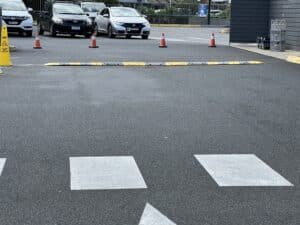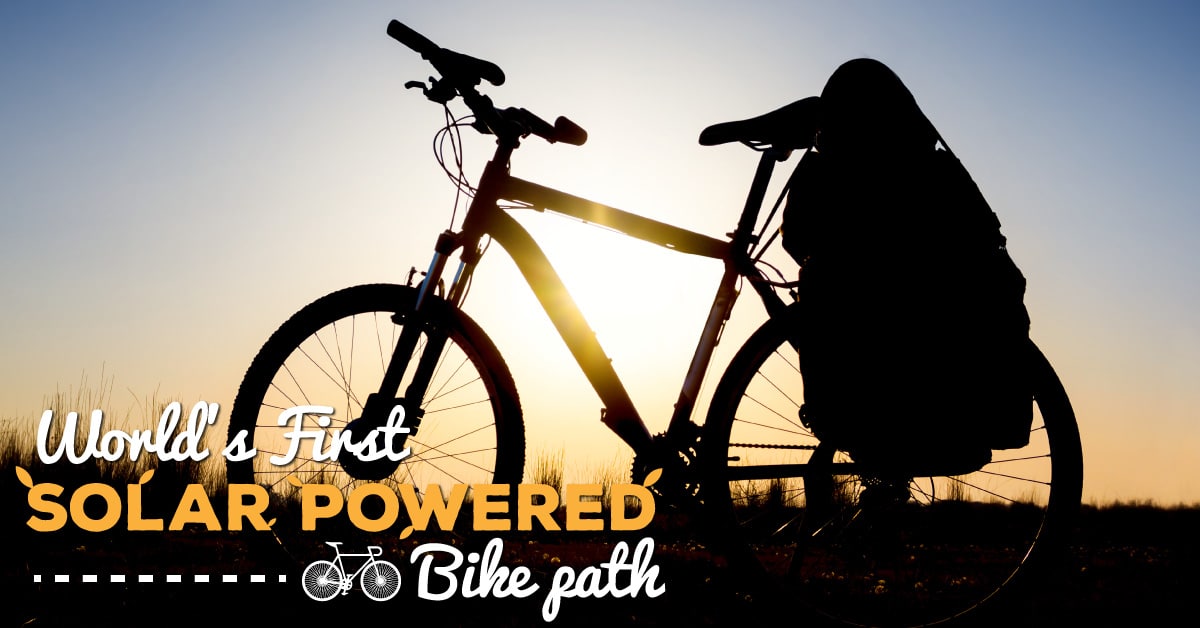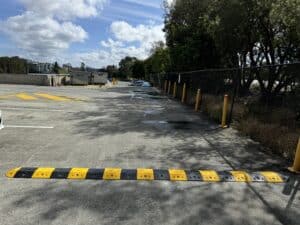

The Dutch are known for their love of biking, and the extensive network of cycle paths in and around Amsterdam are used religiously by commuters and recreational riders. But a team of researchers have recently taken the environmentally friendly activity to a whole new level, by redesigning a bike path to generate solar energy.
In November 2014, a 70 metre stretch of the bike path that connects the Amsterdam suburbs of Krommenie and Wormerveer was embedded with solar panels. The commuter path called ‘SolaRoad’ became famous for being the world’s first public solar powered bikeway.
SolaRoad is the brainchild of the Netherlands’ TNO research institute and cost around €3 million (AUD$4.4 million) to build. It consists of silicon solar cells encased in a thick concrete layer that is covered with translucent toughened glass. The path is slightly tilted to encourage rainwater to wash off dirt and provide maximum exposure to sunlight. It is also has a non-slip overlay to prevent skidding.
Although costly it is hoped that the bike path will pay for itself in about 15 years time. Indeed, in the first six months of operation SolaRoad generated 3,000 kilowatt-hours of energy, enough to provide a single-person household with enough electricity for a year. After one year, it has produced 70 kilowatt-hours per square metre, which is enough to power about three houses.
Not only can solar powered roads generate local electricity for household use, but they can potentially power sensors to manage traffic and charge electric vehicles. Tests have also proven that the solar panel units are strong enough to carry heavier vehicles such as tractors.
The solar powered bike path does have its limitations, it produces around 30 percent less energy than roofing solar panels as it can’t be positioned to take full advantage of the sun. It is also more expensive to construct. However, roads up until now have been an untapped sustainable energy source, and the success of SolaRoad has wide-reaching implications, not just for existing bike paths but for roads and sidewalks in the Netherlands and other cities around the world.
The results of the past year have surprised its designers who think that embedding solar panels in roads is the way to go and believe that up to 20 percent of Netherland’s roads (140,000 km) could potentially be embedded with solar panels. They’re starting small though and in 2016 hope to extend the path just another 100 metres.



For 10 years, our focus has been on one thing: to provide one style of product and to do it well.
Our wheel stops, speed humps and rumble bars meet Australian Standards, don’t fade, and we’ve never needed to replace one.

For 10 years, our focus has been on one thing: to provide one style of product and to do it well.
Our wheel stops, speed humps and rumble bars meet Australian Standards, don’t fade, and we’ve never needed to replace one.